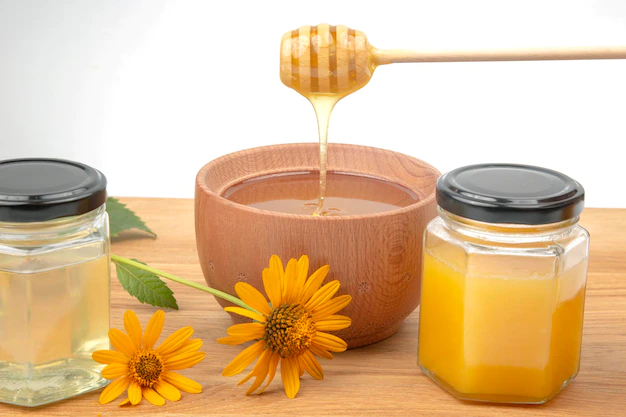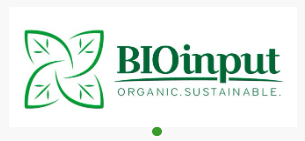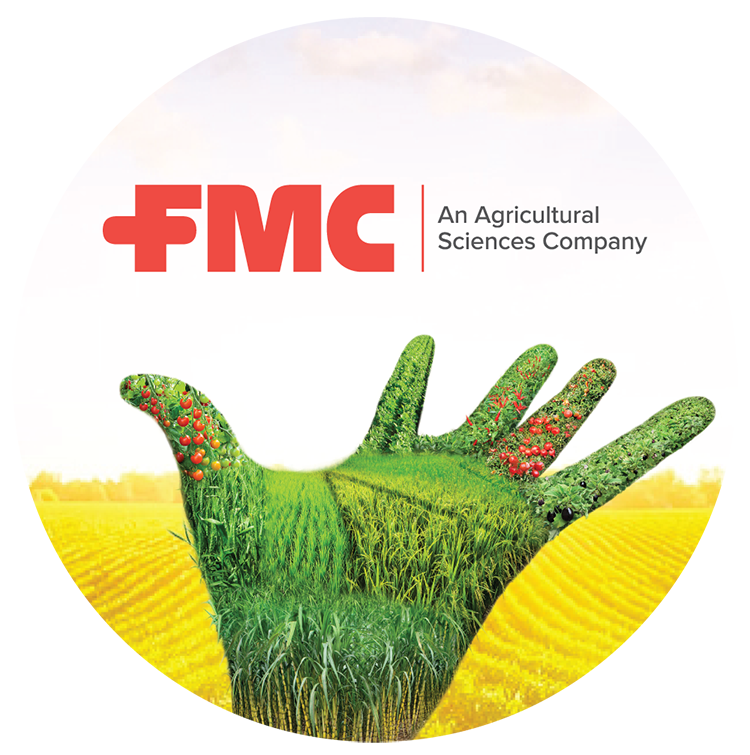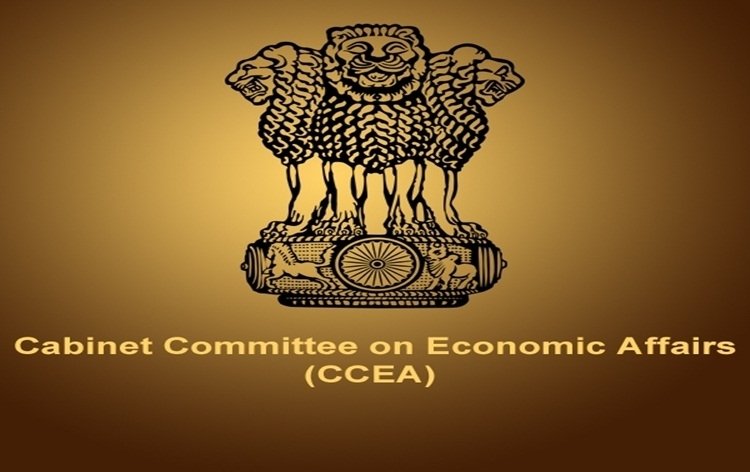How Can India Improve its Portfolio of Exotic Honeys
By Rituparna Majumder, Senior Manager – Life Science Advisory, Sathguru Management
India is home to the largest number of beehives (12.2 million) and is the eighth largest producer in the world, producing about 62,000 metric tonnes (MT) of honey worth Rs 21.1 billion (2020- 21). Today India contributes to only about 3.6 per cent of global natural honey exports worth Rs 6.62 billion, of which 73 per cent is exported to the US. The Indian honey market is anticipated to reach Rs 38.3 billion by 2027, growing at a CAGR of 10.31 per cent, according to IMARC report. The country’s largest honey-producing states are West Bengal, Uttar Pradesh, Punjab, and Bihar.
The flavoured honey market in India is gradually gaining traction. Increasing consumer preferences for healthy and natural alternatives over artificial sweeteners and increased awareness about honey’s advantages drive the market’s growth. The country’s diverse flora helps produce honey in various flavours. Multifloral honey such as Multi-flora Himalayan and monofloral honey such as Rapeseed/Mustard, Eucalyptus, Lychee, Sunflower, Karanj /Pongamea, Multi-flora Himalayan, Acacia, Wild Flora are some of the significant varieties of flavoured honey.
Multifloral and monofloral honey
Multifloral honey (wild/forest honey), derived from a wide array of wild flora, is less expensive, and is the most common type of honey in the markets. The antibacterial and anti-inflammatory properties of multifloral honey help treat skin problems, reduce swelling, and heal wounds and burns. Monofloral honey is predominantly derived from the nectar of a single flowering plant. It is harder to produce owing to its dependence on a dominant blossom’s nectar and pollen that determines the flavour, taste, and properties. Hence it fetches a premium price. Monofloral honey results from two conditions (a) predominance of the target plant in the vicinity of hives, leaving the bees with little choice of plants, and (b) timing for introducing the hive and coinciding harvesting of the honeycomb with the blooming period.
Monofloral honey contains diverse dietary phytochemical compounds with functional and nutritional properties such as phenolic acids, minerals, phenolics, and flavonoids. It also has a low glycemic index (GI). This has led to its prominence in the medicinal field owing to direct health benefits, wound healing, antioxidant, anticancer, and anti-inflammatory properties. It aids in soothing chronic coughs and reducing allergies. The elusiveness of monofloral honey with regards to its geographical area or plant species fetches premium pricing. Orange Blossom honey from Meghalaya, Eucalyptus Honey from the Nilgiris, Jamun Honey from the forests in Eastern India, and Indian Laurel Honey from the Western Ghats are a few of the popular monofloral honey varieties available in India.
The domestic market is broadly segmented into multifloral honey and monofloral honey (eucalyptus honey, ajwain (carom) honey, sidr (lote) honey, and others). Multifloral honey contributes approximately 60 per cent of the honey market being the most popular flavour. In contrast, the market for different monofloral honeys that are perceived as more exotic and beneficial is still in nascent stages, with eucalyptus, ajwain, and sidr contributing approximately 10 per cent each and the remaining 10 per cent from others. According to the Food Safety and Standards Authority of India (FSSAI), in the case of multifloral honey the pollen count of plant species’ does not exceed 45 per cent. In contrast, for qualifying as monofloral honey, the pollen count of the plant species should not be less than 45 per cent.
By Rituparna Majumder, Senior Manager – Life








